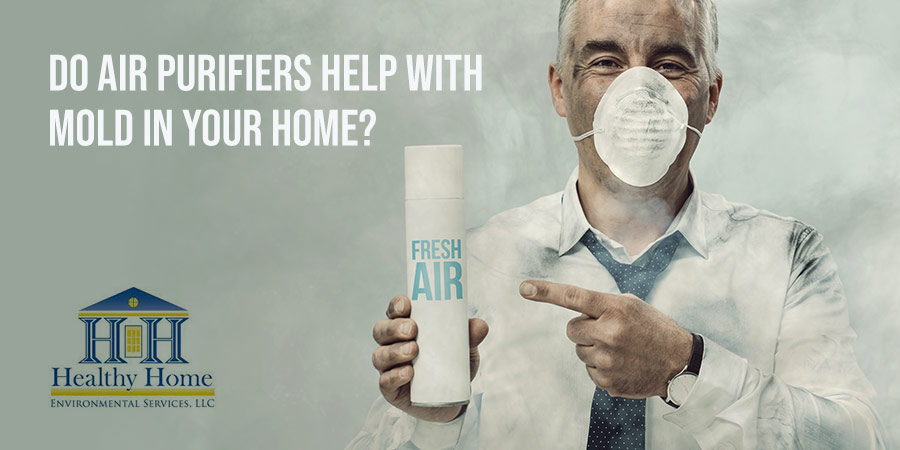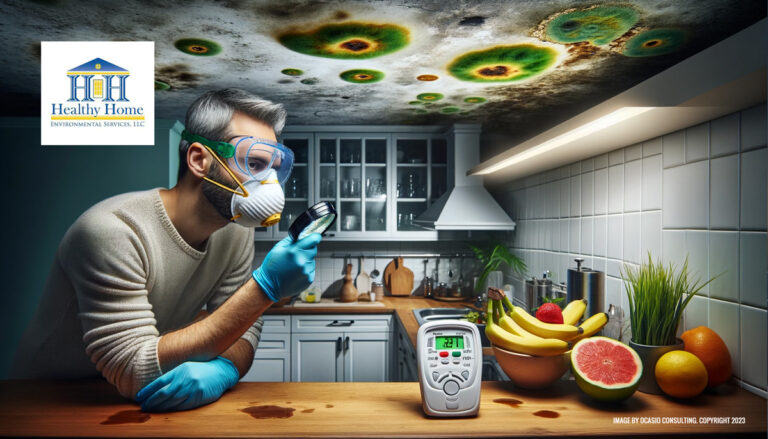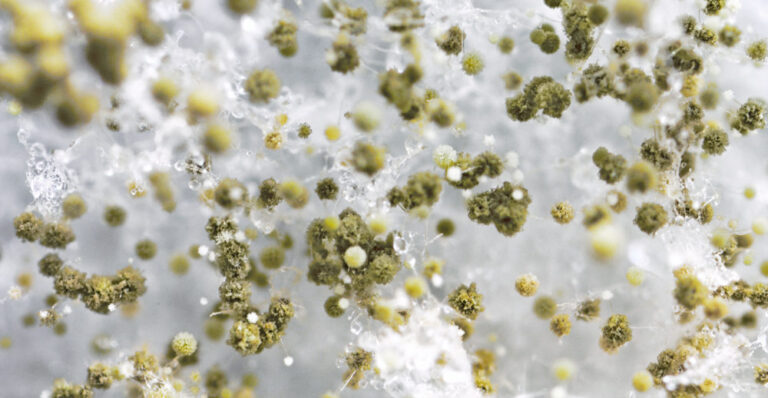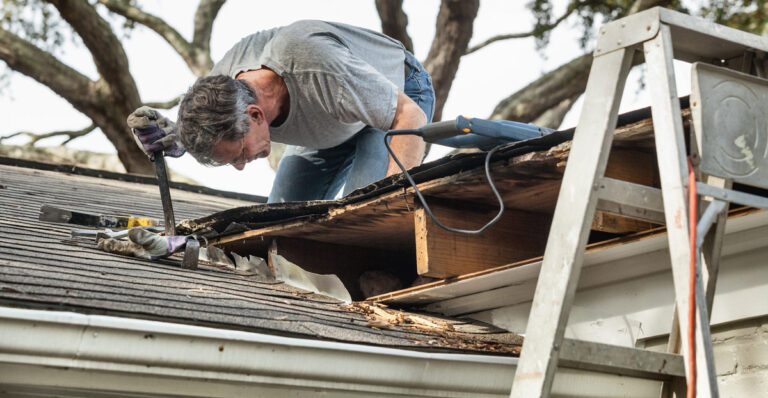Do Air Purifiers Help with Mold in Your Home?

Introduction
Ever wondered “do air purifiers help with mold?” Are you concerned about mold in your home? Mold can pose a serious health risk, especially for those with respiratory issues. Fortunately, air purifiers can help remove mold spores from the air and create a healthier living environment.
In this article, we will discuss how air purifiers work, the benefits of using them, and the best types of air purifiers for removing mold from your home.
What Causes Mold in Your Home?
Mold is a type of fungus that grows in moist and warm environments. It can grow on almost any surface, including wood, paper, carpet, and food. Mold can also grow on walls, ceilings, and floors, especially in areas where there is high humidity or moisture.
Why is Mold Harmful?
Mold can cause a variety of health problems, especially for those with respiratory issues like asthma or allergies. Mold spores can trigger asthma attacks, cause allergic reactions, and even lead to infections. If left untreated, mold can also damage the structure of your home and lead to expensive repairs.

How Do Air Purifiers Help Remove Mold?
Air purifiers work by using filters to remove pollutants and allergens from the air. They can also remove mold spores from the air, which can help reduce the risk of mold growth in your home. Most air purifiers use a HEPA filter, which is designed to capture small particles like mold spores.
Benefits of Using Air Purifiers for Mold Removal

There are several benefits to using air purifiers for mold removal, including:
- Improved indoor air quality
- Reduced risk of respiratory problems
- Prevents mold growth
- Reduces odors
Types of Air Purifiers for Mold Removal
There are several types of air purifiers that can help remove mold from your home, including:
HEPA Air Purifiers
HEPA air purifiers are the most common type of air purifier used for mold removal. They use a HEPA filter to capture mold spores and other pollutants from the air. HEPA filters are designed to remove particles as small as 0.3 microns, which includes most mold spores.
UV-C Air Purifiers
UV-C air purifiers use ultraviolet light to kill mold spores and other germs in the air. They can be used in conjunction with a HEPA filter to provide additional mold removal benefits.
Ionic Air Purifiers
Ionic air purifiers use negative ions to attract and remove pollutants from the air, including mold spores. They can be effective at removing mold from the air, but they can also produce ozone, which can be harmful in high concentrations.
Tips for Using Air Purifiers for Mold Removal
If you’re using an air purifier for mold removal, there are a few things you can do to maximize its effectiveness:
- Use a high-quality HEPA filter
- Keep your air purifier running continuously
- Place your air purifier in the room where mold is most prevalent
- Keep the humidity level in your home below 50%
Conclusion
Mold can be a serious health risk, especially for those with respiratory issues. Air purifiers can help remove mold spores from the air and create a healthier living environment. If you’re concerned about mold in your home, consider using an air purifier to help remove it. With the right air purifier and proper usage, you can reduce the risk of respiratory problems, prevent mold growth, and improve your indoor air quality.
FAQs
Can air purifiers completely remove mold from my home?
No, air purifiers cannot completely remove mold from your home. They can help remove mold spores from the air and prevent mold growth, but if you have a
significant mold problem, you may need to hire a professional mold remediation service to completely remove the mold.
Do I need a specific type of air purifier for mold removal?
HEPA air purifiers are the most effective type of air purifier for mold removal, but UV-C air purifiers and ionic air purifiers can also be effective. It’s important to choose an air purifier that is designed for mold removal and has a high-quality filter.
How often do I need to replace the filter in my air purifier?
The frequency of filter replacement depends on the type of air purifier and how often it is used. Generally, HEPA filters should be replaced every 6 to 12 months, while UV-C air purifiers and ionic air purifiers may not require filter replacement.
Can air purifiers remove other types of pollutants besides mold?
Yes, air purifiers can remove a variety of pollutants from the air, including dust, pollen, pet dander, and odors.
Are air purifiers noisy?
The noise level of air purifiers can vary depending on the type and brand. Some air purifiers are designed to operate quietly, while others may produce more noise. It’s important to read reviews and choose an air purifier that operates at a noise level that is acceptable to you.
In conclusion, air purifiers can be an effective tool for removing mold spores from the air and creating a healthier living environment. By choosing the right air purifier and using it properly, you can reduce the risk of respiratory problems, prevent mold growth, and improve your indoor air quality.
If you’re concerned about mold in your home, consider investing in an air purifier to help keep your air clean and healthy.







